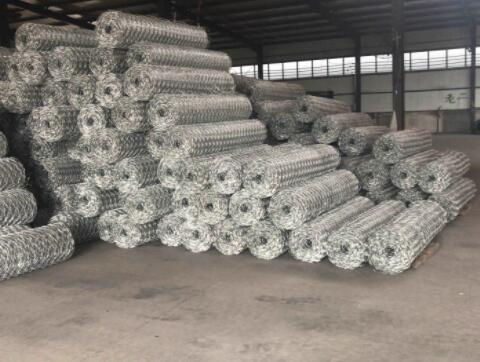The Evolution and Demand for Iron Wire in China
Iron wire, a versatile and essential industrial material, has seen significant growth in demand in China over the past decades. As the nation continues to industrialize and urbanize, its requirement for iron wire products has surged dramatically. This article will explore the reasons behind this increase, the various applications of iron wire, and the challenges faced by the industry.
A Historical Perspective
China's iron and steel industry has a rich history dating back thousands of years. However, the modernization of this sector began in the late 20th century. The country’s rapid industrialization, particularly after the economic reforms initiated in the late 1970s, led to a remarkable uptick in construction and manufacturing activities. As a result, the production of iron wire has become a significant segment of the Chinese economy.
The development of infrastructure, including roads, bridges, and railways, has heavily relied on iron wire for reinforcement and support. This growing demand has driven both domestic production and importation of iron wire, establishing China as one of the largest consumers in the world.
Applications of Iron Wire
Iron wire is used in several applications, making it a fundamental material across various industries. One of its primary uses is in construction, where it is employed as rebar in concrete structures. The tensile strength of iron wire provides durability and safety to buildings, bridges, and other infrastructure.
In the agricultural sector, iron wire is essential for fencing and cages, protecting crops and livestock. Its strength and flexibility make it an ideal choice for these applications, where it can withstand the rigors of outdoor environments.
iron wire china

Additionally, iron wire is extensively used in manufacturing, particularly in the production of wire mesh and wire products such as nails and fasteners. The automotive and electronics industries also rely on iron wire for various components, highlighting its versatility.
Economic Impact and Challenges
The iron wire industry has made a notable contribution to China’s GDP. As manufacturing and construction continue to thrive, the demand for iron wire shows no signs of slowing down. However, the industry faces several challenges that need addressing to maintain growth.
One of the primary challenges is environmental regulation. The production of iron and steel involves significant carbon emissions, which have raised concerns as China aims to meet its carbon neutrality goals by 2060. The government has instituted stricter environmental controls, pushing manufacturers to adopt cleaner production technologies. While this is beneficial for the environment, it may lead to increased production costs, impacting the overall competitiveness of Chinese iron wire on the global stage.
Another challenge is the volatility of raw material prices. The cost of iron ore and other necessary materials can fluctuate due to global market conditions. Manufacturers must navigate these price changes carefully, as they can significantly affect profit margins.
Moreover, the competition from imported products poses a threat. Although China is a major producer of iron wire, the influx of cheaper foreign products can undermine local businesses. To mitigate this, the Chinese government has implemented tariffs and trade regulations, aiming to protect domestic industries from unfair competition.
Conclusion
In conclusion, the iron wire industry is a crucial component of China's industrial landscape, driven by extensive applications in construction, agriculture, and manufacturing. Despite facing challenges such as environmental regulations and market volatility, the growth potential remains strong. As China continues to evolve, the iron wire industry is likely to adapt, innovate, and remain a key player in supporting the country's ever-expanding infrastructure and economic development.

















